A 1965 Mustang is sitting in a queue waiting to go up Goodwood hill. So far, so normal. As a passenger in said ‘Stang, it’s incredibly noisy thanks to its 289 CI V8, a 4.7-litre with 200hp and 282lb ft of torque, a sound synonymous with prancing horses at the time. So far, so normal.
Behind the wheel is a driver – of sorts. This is where things get unusual. He’s not a famous race driver ready to push the ‘Stang to its limits. Instead, he’s Dr James Brighton, head of advanced engineering at Cranfield University.
All the news from Goodwood Festival of Speed
Why? Well, this isn’t your typical sports car. It’s a self-driving one.
Now it’s fair to say that autonomous cars don’t excite most people in the way most cars going up the hill do. (Such as the McLaren 600LT that we tried the other day.) But, the fact that the Duke of Richmond is making space for autonomous cars to run for the first time this year is marked. And, in many ways, a learned route, such as the Goodwill hill route, is perfect for self-driving cars to improve.
So what about this specific car? Well, it’s been developed by Cranfield University and Siemens and makes history this week as the first car to complete an autonomous hillclimb at Goodwood.
It uses advanced location scanning technology to develop an accurate three-dimensional scan of the track, alongside a plethora of sensors, algorithms, robots and control systems.
As it slowly edges forward in the queue, I try to forget the video that went viral two days earlier: that of this very car driving (gently) into a hay bale before correcting itself. I ask what happened. Brighton tells me that a hydraulic hose burst on the steering system, one of the many woes of putting an autonomous system into a classic car. They were up to 1am on Thursday night fixing it ‘with spanners”, he tells me.
Next to Brighton in the car is Kim Blackburn, a lecturer at Cranfield University who has two screens which are displaying an awful lot of data. He explains GPS and an IMU – an inertial measurement unit which takes up half the boot – are the two things working together to map the route, and therefore, drive the car.
As we get off the startline – sensibly at the very back of a run – it’s quickly clear that Brighton is driving the car, rather than the car driving itself. Blackburn is saying ‘no… no… no’ as he closely watches the screens, so that Brighton knows the data is not accurate enough to drive the car autonomously.
As we come out the corner after the Gurney Pavilion and into the straight, the system finds its feet, and soon the car is swerving purposefully to show us what the self-drive set-up is capable of. It’s reassuring to see it can work, but soon enough, Brighton has his hands back on the wheel, taking control.
For the remainder of the hillclimb, it’s a regular to- and fro-ing of self-driving and human control, with Brighton and Blackburn working together to deem what’s safe. When the car is self-driving, the inputs are sharp with none of the smoothness of a (competent) human driver.
It’s driving at a maximum speed of 35mph and Blackburn tells me that the measurement of the position of the car is within 20mm and can wander up to 250mm from that. If it goes beyond that, Blackburn tells Brighton to take over.
All in all, it’s incredibly flawed. There are a number of near-misses with hay bales where Brighton intervenes and, throughout, I’m sat bolt-upright in the back watching like a hawk.
Despite my fraught nerves, there are a number of caveats here to why we shouldn’t expect this to drive like an advanced autonomous car. The project was developed purely for this Festival of Speed – a silver Mustang to celebrate the Festival’s silver anniversary – and was done in six weeks. It doesn’t use lidar or radar technology used by nearly all modern-day self-driving cars currently testing and, importantly, it’s working with an old car which doesn’t have the precise steering and reactions of today’s cars. Basically, Siemens and Cranfield University picked an awfully tricky project.
As Brighton puts it: “This is not a state-of-the-art autonomous car. This is a very different project to blend new technology with old classic machinery. We’re using this to inspire people. There is a massive skills shortage in this area - we just haven’t got enough engineers.”
Read more
Gallery: best of Friday at Goodwood
All the news from Goodwood Festival of Speed
How Samsung plans to develop world-class autonomous tech

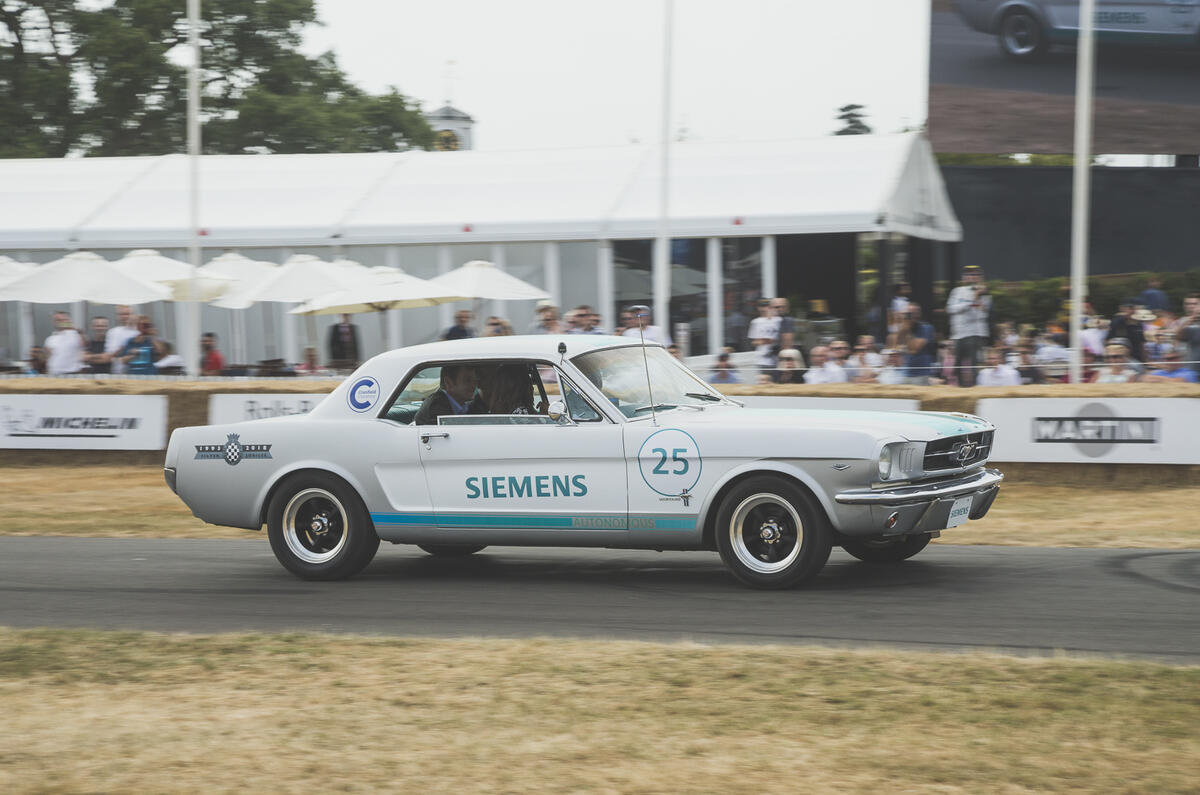

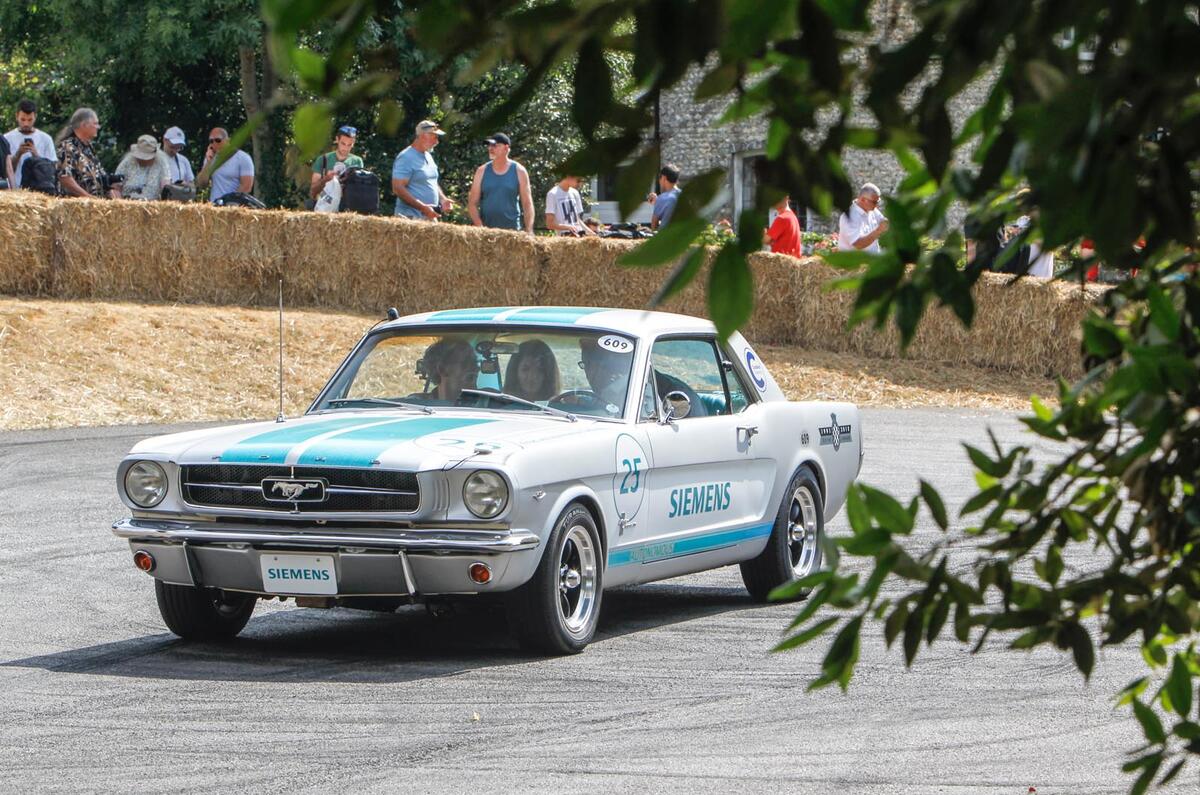
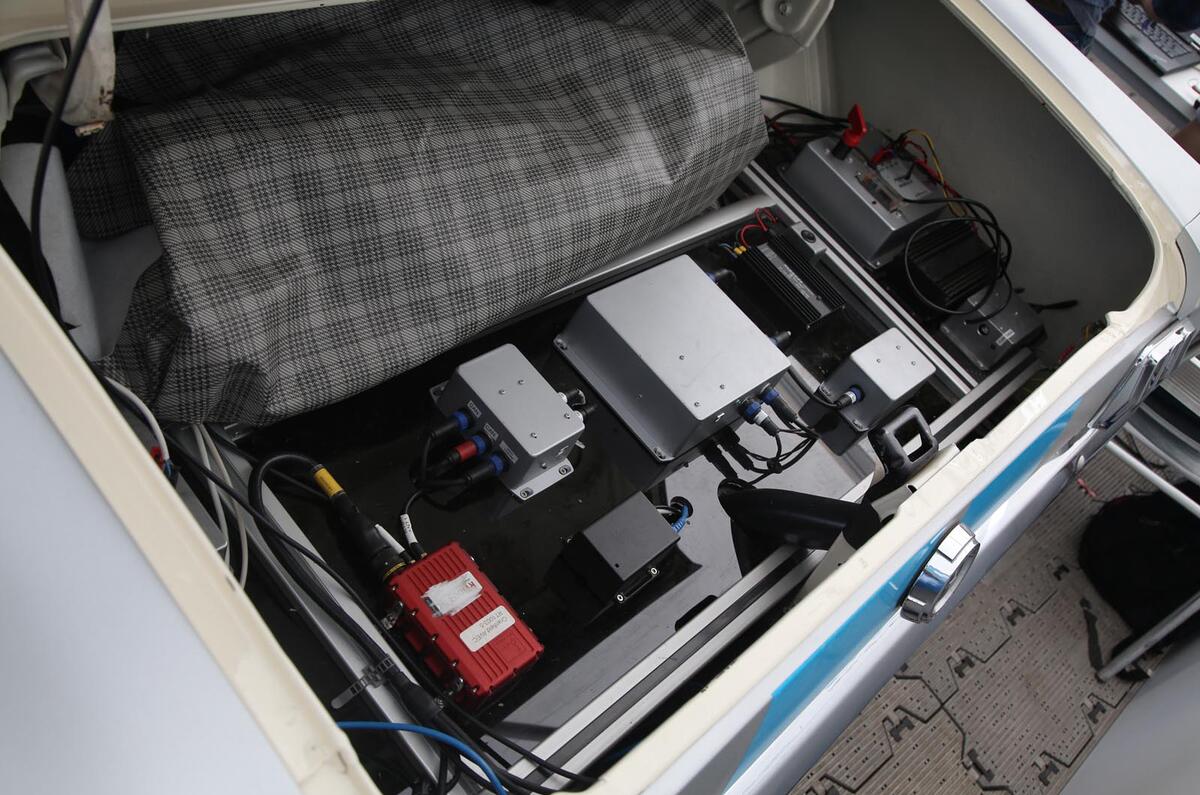
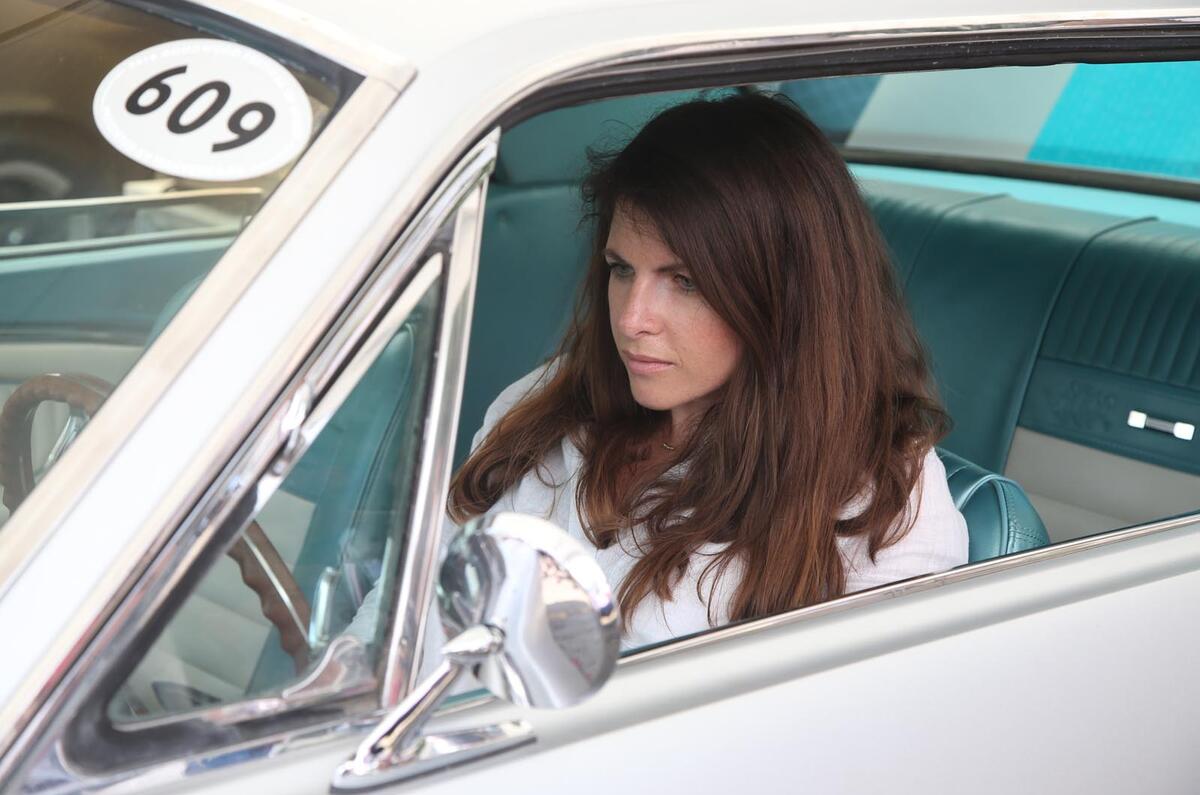

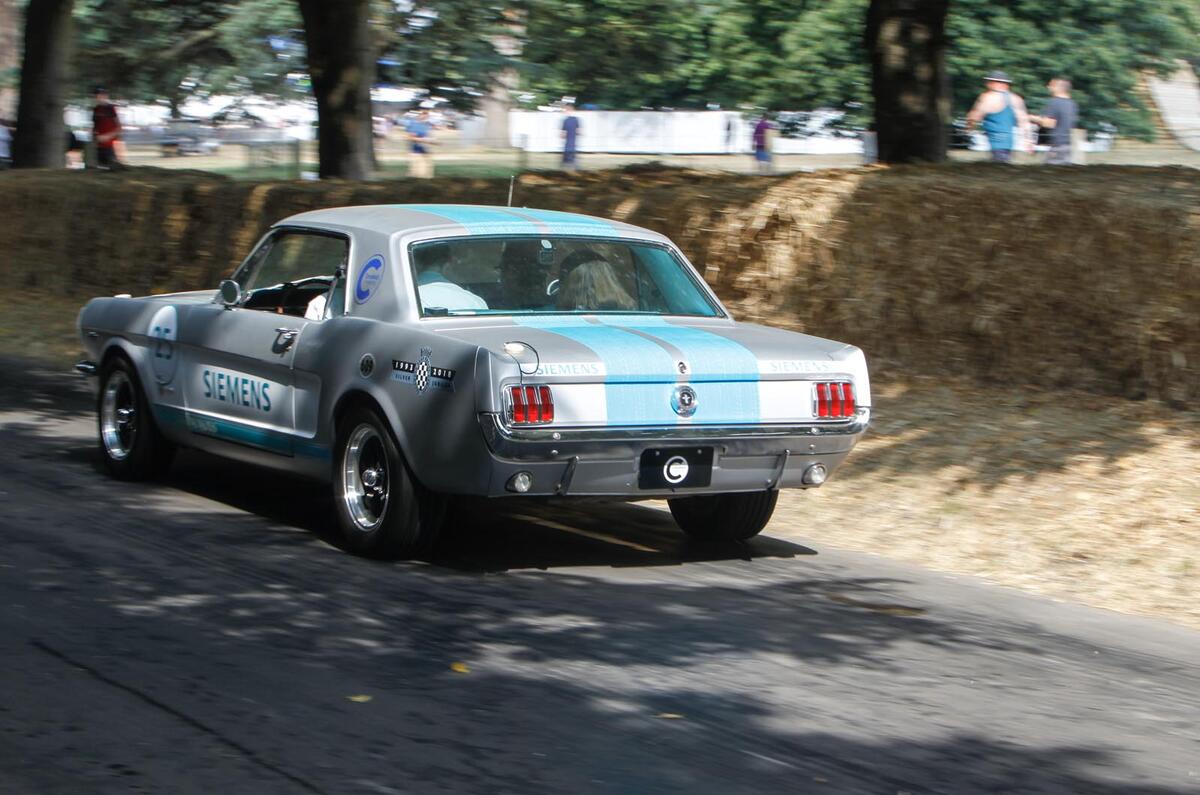
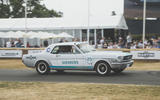
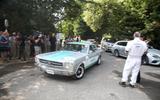
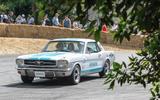

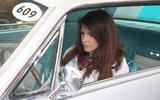
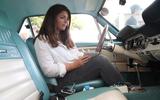
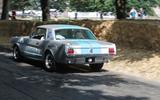


Add your comment